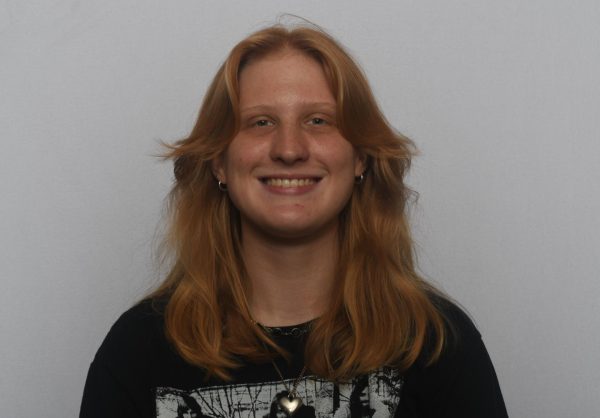Stallion Support’s Identity Crisis Ruffles Students
March 28, 2023
With the pandemic’s hybrid bell schedule came the placement of 25 tutorial minutes into every block period to minimize unnecessary contact among students. Minutes that used to be part of one rotating, assigned tutorial were redistributed throughout the day, incorporated into every class.
This system has remained to provide more frequent intervention opportunities, but it has also become the subject of some student complaints.
“I think tutorial as a concept has a lot of potential to help students thrive in school. With the added time for homework, getting help and making up tests, it can alleviate a lot of stress,” said junior Kate Pointer, who takes AP courses.
But implementation of tutorial guidelines is inconsistent from class to class, according to some students.
“Most of the teachers that do actually follow the tutorial schedule also don’t let you use your phone so I just sit there for 25 minutes and do nothing. I can only think of one teacher of mine that actually follows the tutorial schedule and she just helps people with their work during that time,” said junior Chase Smith.
Administration says that tutorials should not be free time, but instead a chance to check for understanding, reinforce the lesson they just went over, or make up missed work.
“The point of tutorial is that you don’t leave the room confused. Your learning is formative, you shouldn’t be dinged for not knowing the subject because we’re still teaching you,” said Principal Manoj Mahindrakar.
“The purpose is to end the lesson and still have class be teacher directed. It’s not meant to be like ‘hey do whatever you need.’ You can earn your way if you show that you got the learning that you needed for a day, then the teacher can release you because you got what they wanted you to learn for the day. But if you didn’t, it’s their obligation to say ‘Wait I need you to know this,” Mahindrakar explained.
Teachers are bound to conduct productive practices during tutorial, according to their contract with CUSD. Article 5.3.6.1 states in part “Tutorial may include pre-teaching, remediation of content, reteaching, extension and additional student support as dictated by the supervising teacher…Tutorial shall be an extension of pre-existing classes to provide all students the additional time and support necessary to access the classroom standards and curriculum as an essential component of a school’s intervention system.”
“It’s a school culture, so every single high school in Capistrano Unified is trying to use tutorial as an intervention period to help struggling students who either are struggling in some way, shape, or form.
It could be even mental health issues, it could be grades, it could be absent work that they need to make up,” said History/Social Science Department Chair, Josh Hunnicut.
Students complain that they miss out on tutorial time because of lack of unified implementation.
“I would appreciate the extra time more if teachers actually respected tutorial. The bell for tutorial does not mean time we get to use to our benefit, only an indicator that there’s 25 minutes left of class,” said Pointer.
For AP classes specifically, some teachers may utilize their tutorial slots to offer student enrichment activities, with the belief that AP students need less time for digesting class lessons.
“Typically AP classes have a higher achievement rate. Students have chosen to take an advanced class so you probably have less students that may be struggling or need additional help, so you’d want to have enrichment activities, something that will still challenge students and give them something to think about, which might be going on AP classroom and doing a quiz to see if they understood the curriculum, but I would still run tutorial the same way because even students in AP classes struggle with the content of the class they’re in or another class,” said Hunnicut.
The current tutorial system breeds inconsistency. Many students find that tutorial is ineffective, in its present state. Administrators and teachers must find solutions to the spotty tutorial implementation to reach their goals of student intervention. Teacher outreach and coaching may be an effective strategy to improve the system.


